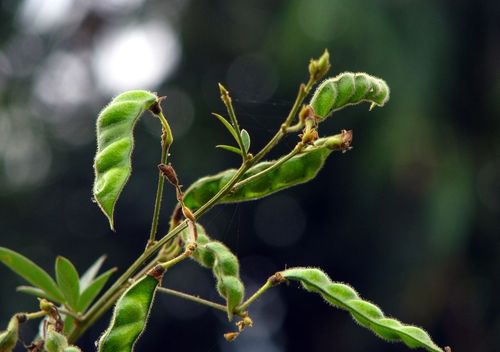
The pea moth (Contarinia pisi) is a fly about 2 mm long, yellow in color, with brown stripes on the dorsal side and almost black antennae. The larva is whitish or yellowish, up to 3 mm long. The larvae overwinter in cocoons in the top layer of soil. In spring, at temperatures above 15 degrees Celsius, pupation occurs, and flies emerge at the turn of May and June, during the formation of pea flower buds. After fertilization, females lay cigar-shaped, elongated, almost transparent eggs in flower buds and shoot tips. After a few days, the larvae hatch and begin to reproduce and develop. Adult larvae leave their feeding areas and move into the soil, where, having built a cocoon, they pupate and the flies emerge. Females of this generation lay eggs mainly in pea pods, where the larvae of the second generation feed and develop. After development is completed, the larvae move to the soil for the winter. Two generations develop in a year.
Symptoms

Flower buds of peas, field peas, beans and beans damaged by larvae do not develop, swell at the base, dry out and fall off. The growth tips thicken, the growth of internodes is inhibited, the flower stalks are shortened, and the flower buds are collected in a cluster. The pods of damaged flowers are small and curled. The inner surface of the pods and seeds is gnawed out.
Host plants

Peas, peas, beans, field beans
Control methods

It is recommended to carry out agrotechnical treatments, such as earlier sowing (to accelerate flowering, sowing early varieties with a short growing season and spatial isolation from last year's pea crops. Chemical control is carried out during the summer of flies, before laying eggs, during the period of formation of buds and flowers. Effective and recommended drugs for combating pharyngitis are Mospilan 20SP or Karate Zion 050CS.
Gallery
